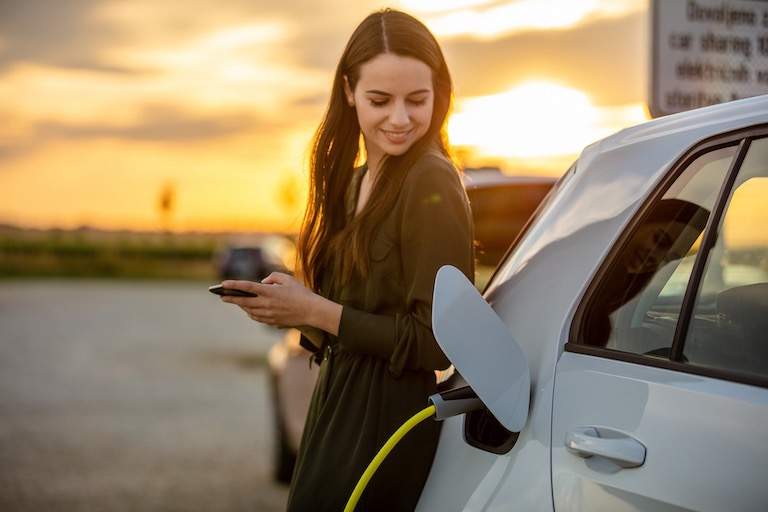
Nissan previews electric sports car and ute
Plus two all-new battery-powered SUVs form quartet of concepts that pave the way to 2030Nissan has revealed four all-new EV concepts including a ute, sports car and two SUVs that headline a new strategic plan that promises to deliver 15 electric cars to market by 2030.
While the all-new 2022 Nissan Ariya SUV is due to join the current Nissan LEAF hatch in the first half of next year, the Japanese car-maker has previewed its next wave of electric cars via the quartet of concepts that cover key segments.
Surf-Out



Rather than a zero-emissions version of the next-gen Nissan Navara, the Nissan Surf-Out concept appears to herald a lifestyle-oriented mid-size ute along the lines of the Hyundai Santa Cruz.
Nissan says it will offer “off-road performance” and use an e-4ORCE dual-motor powertrain that delivers all-wheel drive.
Max-Out



With the sports car, there’s no mention of the Nissan Z in dispatches, but the two-seater roadster concept dubbed the Max-Out is described as ultra-lightweight with a very low centre of gravity and flexible interior space that sees the passenger seat fold into the floor as required.
It is based on Nissan’s CMF-EV platform – as used by the Ariya – and will also use the e-4ORCE dual-motor AWD powertrain.
Chill-Out



With the new SUV concepts, the Nissan Chill-Out is similarly underpinned by the CMF-EV architecture and provides us with the best look yet at the forthcoming sub-Ariya small SUV announced earlier this year that’s expected to replace the current Nissan LEAF which will be retired as a hatch in the next few years.
The other SUV concept is a bigger, boxier, adventure-oriented wagon dubbed the Nissan Hang-Out that has a high degree of cabin flexibility.
Hang-Out



Facilitating this is a completely flat floor from front to rear, while a “theatre-like” seating arrangement is provided.
Nissan is also touting a high degree of semi-autonomous driving functionality, with the Hang-Out using an advanced version of the car-maker’s ProPILOT suite of driver aids.
Bold Ambition
As well as promising 15 dedicated EVs, the ‘Nissan Ambition 2030’ strategy will deliver another eight e-POWER hybrid models.
Together, the product onslaught is projected to deliver an electrification mix of more than 50 per cent across both the Nissan and Infiniti brands globally by 2030, with significant sales growth forecast for the European (+75%), Japanese (+55%), Chinese (+40%) and US (+40%) markets by fiscal year 2026.
In order to achieve this, ¥2 trillion ($A24.7b) will be invested into electrification technology over the next five years, with 20 of the 23 new models scheduled to launch over the same period.

Beyond 2026, cobalt-free all-solid-state batteries (ASSB) will be implemented by 2028 as Nissan evolves its lithium-ion technology, a move executives say should lower costs by as much as 65 per cent and reduce vehicle charging times by 66 per cent.
“By reducing charging time to one-third, ASSBs will make EVs even more efficient and accessible,” a Nissan spokesperson said.
“Further, Nissan expects ASSB to bring the cost of battery packs down to $75 per kilowatt-hour by fiscal year 2028 and aims to bring it further down to $65/kWh to achieve cost parity between EV and gasoline vehicles in the future.”
Not only is battery technology set to evolve, Nissan intends to up its global battery production capacity to 130GWh by fiscal year 2030, with an interim goal of 52GWh by FY2026.

According to Nissan CEO Makoto Uchida, the new 2030 strategy will “drive the new age of electrification, advance technologies to reduce carbon footprint” and allow the car-maker to “pursue new business opportunities”.
“The role of companies to address societal needs is increasingly heightened,” he said.
“We want to transform Nissan to become a sustainable company that is truly needed by customers and society.”


Please see our Editorial Guidelines & Code of Ethics (including for more information about sponsored content and paid events). The information published on this website is of a general nature only and doesn’t consider your particular circumstances or needs.
























